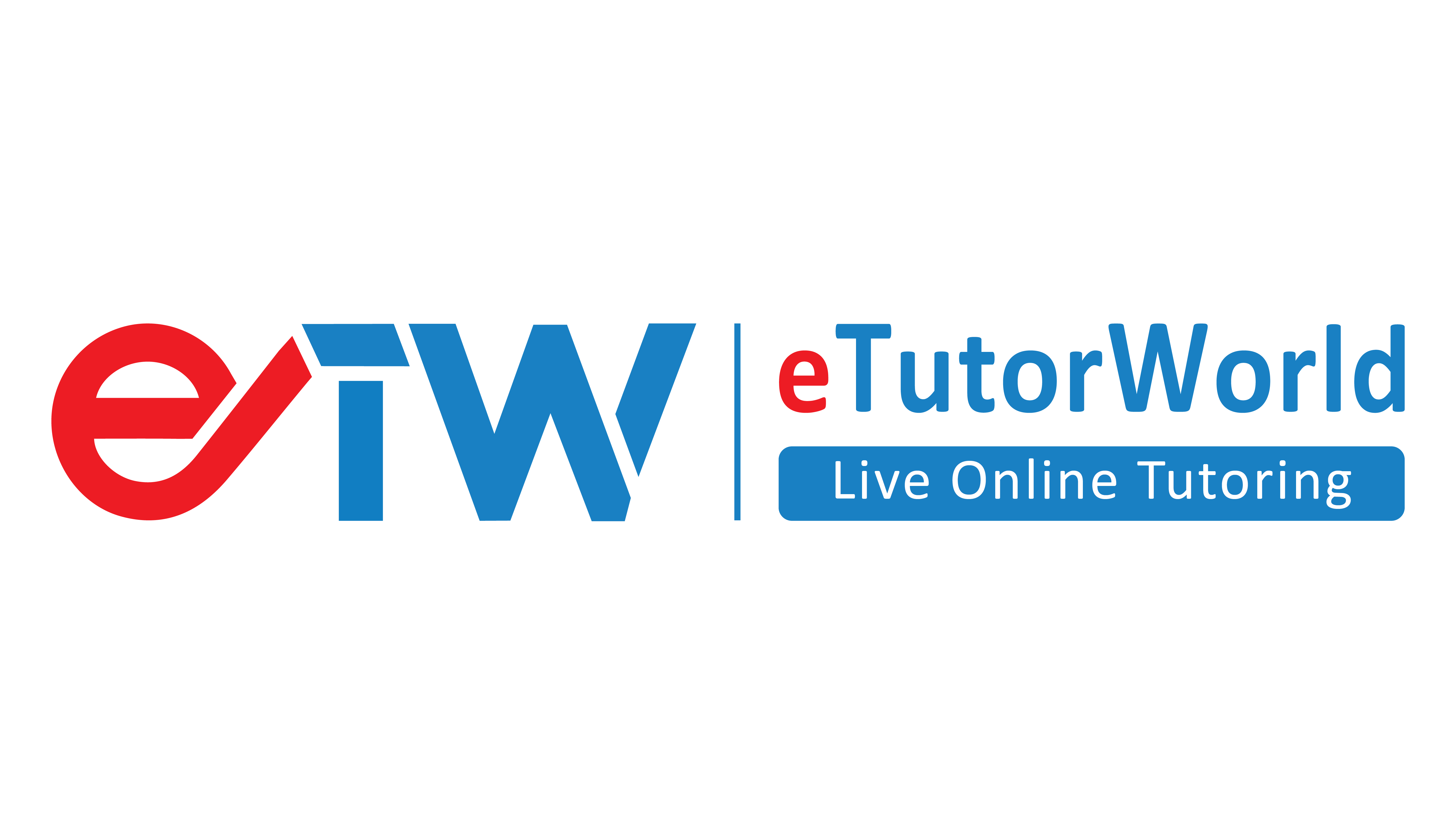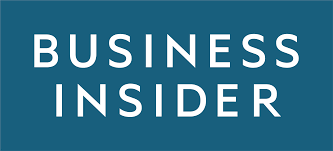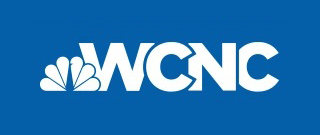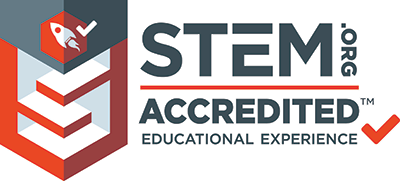Plate Tectonics
Grade 5 Science Worksheets
The Earth comprises of four layers- the solid crust on the outside, the mantle below it, the outer core and the inner core. Plate tectonics is a theory that Earth’s crust is divided into several plates that glide over the mantle. Tectonic plates are pieces of Earth’s solid crust along with the brittle uppermost layer of the mantle, which are together referred to as one of the four spheres of Earth called Lithosphere. These plates are thus, known as tectonic plates or lithospheric plates. Tectonic plates include oceanic lithosphere along with the continental lithosphere.
Plate tectonics states that these plates move relative to each other and interact along their boundaries, where they converge, diverge, or slip past one another. Such interactions are responsible for Earth’s seismic and volcanic activity along with the formation of new landforms like mountains and oceanic trench. In simple words, due to plate tectonics, the earth has witnessed several gradual changes in its features. The landforms that you see today have formed after several changes in the tectonic plates over the last millions of years.
Schedule a Free session to clear worksheet doubts
No credit card required, no obligation to purchase.
Just schedule a FREE Sessions to meet a tutor and get help on any topic you want!
Tectonic Plates
Tectonic plates consist of two different types of materials known as oceanic crust and continental crust. Geologists have roughly divided tectonic plates into three categories- major, minor and microplates.

i. MAJOR PLATES – Any plate greater than 20 million km2 is called a major plate. There are seven major tectonic plates on the Earth’s surface, they are as follows:
- North American Plate
- Pacific Plate
- Eurasian Plate
- African Plate
- Indo-Australian Plate
- Australian Plate
- Indian Plate
- South American Plate
- Antarctic Plate
The largest among these plates is the Pacific plate. It is an oceanic plate and lies under the Pacific Ocean.
ii. MINOR PLATES – The area of these plates range from 1 million to 20 million km2. Some of them include Somali Plate, Nazca Plate, Amurian Plate, Philippine Sea Plate, Arabian Plate, Caribbean Plate, Juan de Fuca Plate among others.
iii. MICROPLATES – These are less than 1 million km2 in area and are often grouped with an adjacent major plate. Some examples are Madagascar Plate, North Andes Plate, South Sandwich Plate, Panama Plate, Iberian Plate, Greenland Plate, Okinawa Plate, etc.
Driving Forces
The lithosphere is the outermost layer of the Earth and is cooler and firmer than the layer below (uppermost mantle), which is hot and flexible. The tectonic processes which began more than 3 billion years ago are driven by forces that originate in the mantle. The intense heat of the core causes molten rock in the mantle to move in a circular pattern due to convection. The mantle dissipates heat as they rise, cool and sink down continuously. This is the source of energy that drives plate tectonics.

Learn more about Plate Tectonics and other important topics with 5th Grade Science Tutoring at eTutorWorld. Our expert science tutors break down the topics through interactive one-to-one sessions. We also offer the advantage of customized lesson plans, flexible schedules and convenience of learning from home.
eTutorWorld Understands Math Tutoring | Online Math Worksheets are Important Tools
Understanding graphs, charts, and opinion polls in a newspaper, for calculating house and car payments, and for choosing a long-distance telephone service are impossible without strong math skills …and the only way to develop strong math skills is by constant practice.
‘Practice makes a man perfect’ holds true for no other field better than for math. A middle or high school student must set aside a minimum of an hour for math every day. Other than textbooks, worksheets help you revise and understand concepts better.
Our expert tutors prepare online maths worksheets that are age and grade-appropriate. Grade-wise math worksheets for Elementary Math, Arithmetic, Pre-Algebra, Algebra, Geometry, Trigonometry, Statistics, Pre-Calculus and Calculus can be solved to improve math skills, to get ahead or to even catch up.
You may download these FREE online math worksheets in the PDF format, and then print and email us their solutions for a free evaluation and analysis by eTutorworld’smath expert tutors.
You may solve these worksheets by yourself or with your peers while studying together.
The Answer Key at the end of each worksheet allows for a self-evaluation.
Personalized Online Tutoring
eTutorWorld offers affordable one-on-one live tutoring over the web for Grades K-12, Test Prep help for Standardized tests like SCAT, CogAT, MAP, SSAT, SAT, ACT, ISEE and AP. You may schedule online tutoring lessons at your personal scheduled times, all with a Money-Back Guarantee. The first one-on-one online tutoring lesson is always FREE, no purchase obligation, no credit card required.
For answers/solutions to any question or to learn concepts, take a FREE CLASS.
No credit card required, no obligation to purchase.
Just book a free class to meet a tutor and get help on any topic you want!
Types of Boundaries
Tectonic plates interact at places called Plate Boundaries. They are fundamentally divided into three categories:

1) DIVERGENT BOUNDARIES – When two tectonic plates move away from each other, they leave a gap in between. This gap is filled by magma from the mantle beneath resulting in the formation of new crust on the lithosphere. They may cause a series of volcanoes along the boundary eventually creating rift valleys and mid-oceanic ridges.
2) TRANSFORM BOUNDARIES – These are areas where two tectonic plates move past each other horizontally, rubbing along the edges. They may cause earthquakes, split river beds, and cause portions of the rocks to break.
3)CONVERGENT BOUNDARIES – When two or more tectonic plates collide, they may result in two consequences. If the two plates are of equal density, they usually push up against each other forming a mountain chain. If they are of unequal density, one plate usually sinks beneath the other giving rise to deep trenches.
“World of A Difference”
Around 200 million years ago, the Earth was one big continent – THE GREAT PANGEA. It was a supercontinent that encompassed almost all the landmasses on Earth. It began to break apart into fragments in stages due to Plate Tectonics creating the existing forms.
Impact on Future
The movement of the tectonic plates alters the surface of the Earth every single day albeit very slowly. Earthquakes, volcanoes, mountain building, rift zones, spreading of the seafloor, the flow of lava are all results of Plate Tectonics. Plate tectonics moves the continents around and in the future it will have an impact on climate patterns, distribution of heat over the planet, Ocean currents patterns, and evolution of plants and animals.
Check Point
Fill in the blanks:
- The layer immediately below the earth’s crust is known as _____________.
- Two examples of major tectonic plates are ____________ and _____________.
- An area where two tectonic plates collide is known as ______________ boundary.
- Based on their sizes, tectonic plates are divided into _______, _______ and ________.
- Earth’s crust along with the uppermost layer of mantle is referred to as ___________.
Answer Key
- Mantle
- North American, Pacific, Eurasian, Australian (any two of the 9)
- Convergent
- Major, minor and microplates
- Lithosphere
Schedule a Free session to clear worksheet doubts
No credit card required, no obligation to purchase.
Just schedule a FREE Sessions to meet a tutor and get help on any topic you want!
Pricing for Online Tutoring
| Tutoring Package | Validity | Grade (1-12), College |
|---|---|---|
| 5 sessions | 1 Month | $139 |
| 1 session | 1 Month | $28 |
| 10 sessions | 3 months | $269 |
| 15 sessions | 3 months | $399 |
| 20 sessions | 4 months | $499 |
| 50 sessions | 6 months | $1189 |
| 100 sessions | 12 months | $2249 |
5th Grade Free Worksheets
- Galaxies
- The Solar System
- Planets
- Structure of Earth
- Plate Tectonics
- Earthquakes
- Volcano and Folded Mountains
- Mountains and Oceans
- Rocks and Fossils
- The Water Cycle
- What Causes Weather Patterns?
- Types of Precipitation
- Climate
- Difference between Weather and Climate
- Impact of Environmental Changes on Humans and Other Organisms
- Plants also Adapt
- Body Systems
- Skeletal System
- Human Nervous System
- Circulatory System
- Respiratory System
- Reproductive System
- Digestive System
- Excretory System
- Atomic Theory
- States of Matter
- Mixtures
- Chemical and Physical Changes
- Types of Energy
- Energy Transformations
- What is Electricity?
- Properties of Electricity
- Uses of Electricity
- Electrical Circuits
- What is Force?
- Newton’s Laws of Motion
IN THE NEWS

Our mission is to provide high quality online tutoring services, using state of the art Internet technology, to school students worldwide.
Online test prep and practice
SCAT
SSAT
ISEE
PSAT
SAT
ACT
AP Exam
Science Tutoring
Physics Tutoring
Chemistry Tutoring
Biology Tutoring
Math Tutoring
Pre-Algebra Tutoring
Algebra Tutoring
Pre Calculus Tutoring
Calculus Tutoring
Geometry Tutoring
Trigonometry Tutoring
Statistics Tutoring
Quick links
Free Worksheets
Fact sheet
Sales Partner Opportunities
Parents
Passive Fundraising
Virtual Fundraising
Our Expert Tutors
Safe and Secure Tutoring
Interactive Online Tutoring
After School Tutoring
Elementary School Tutoring
Middle School Tutoring
High School Tutoring
Home Work Help
Math Tutors New York City
Press
©2022 eTutorWorld Terms of use Privacy Policy Site by Little Red Bird
©2022 eTutorWorld
Terms of use
Privacy Policy
Site by Little Red Bird






